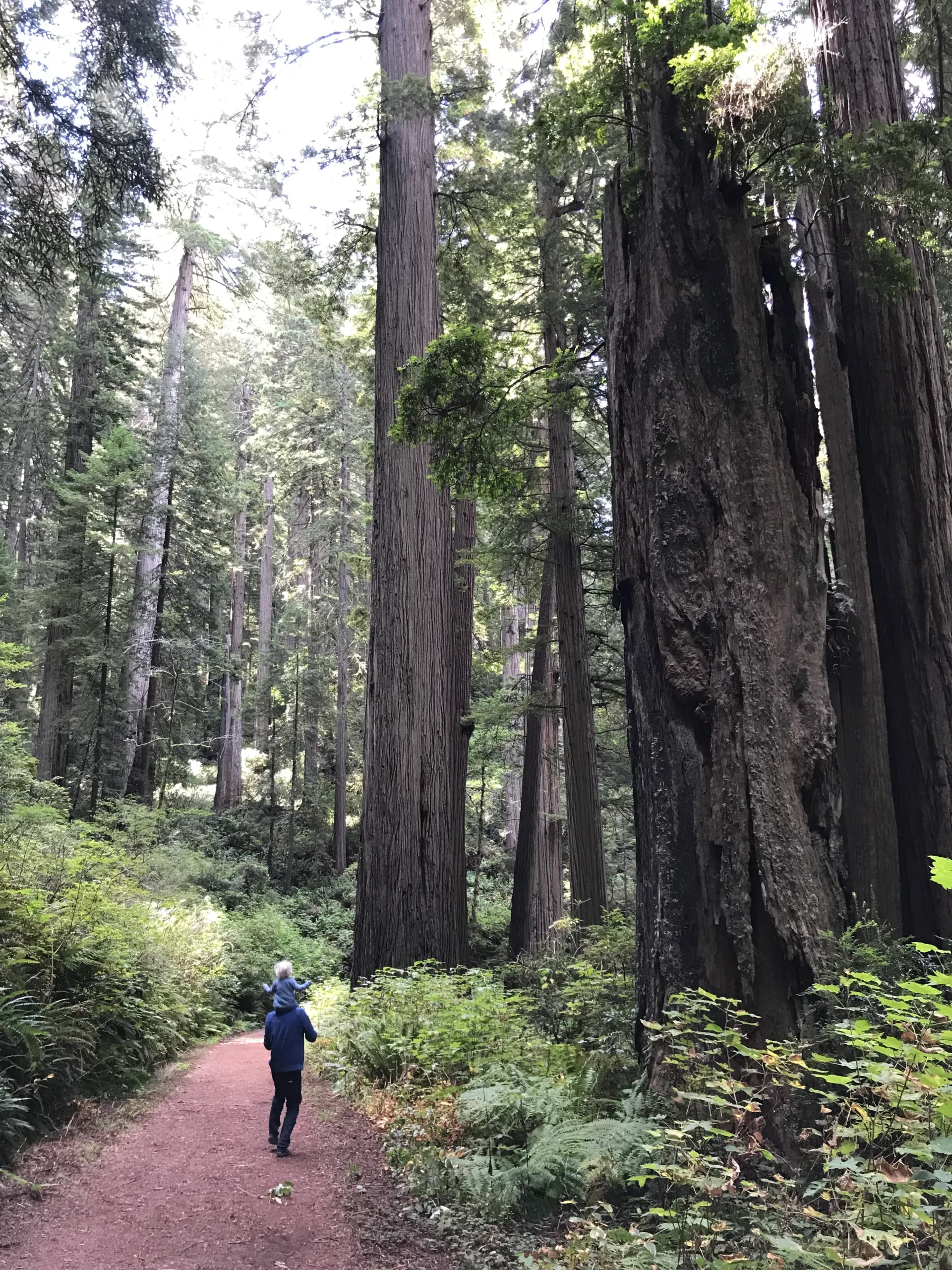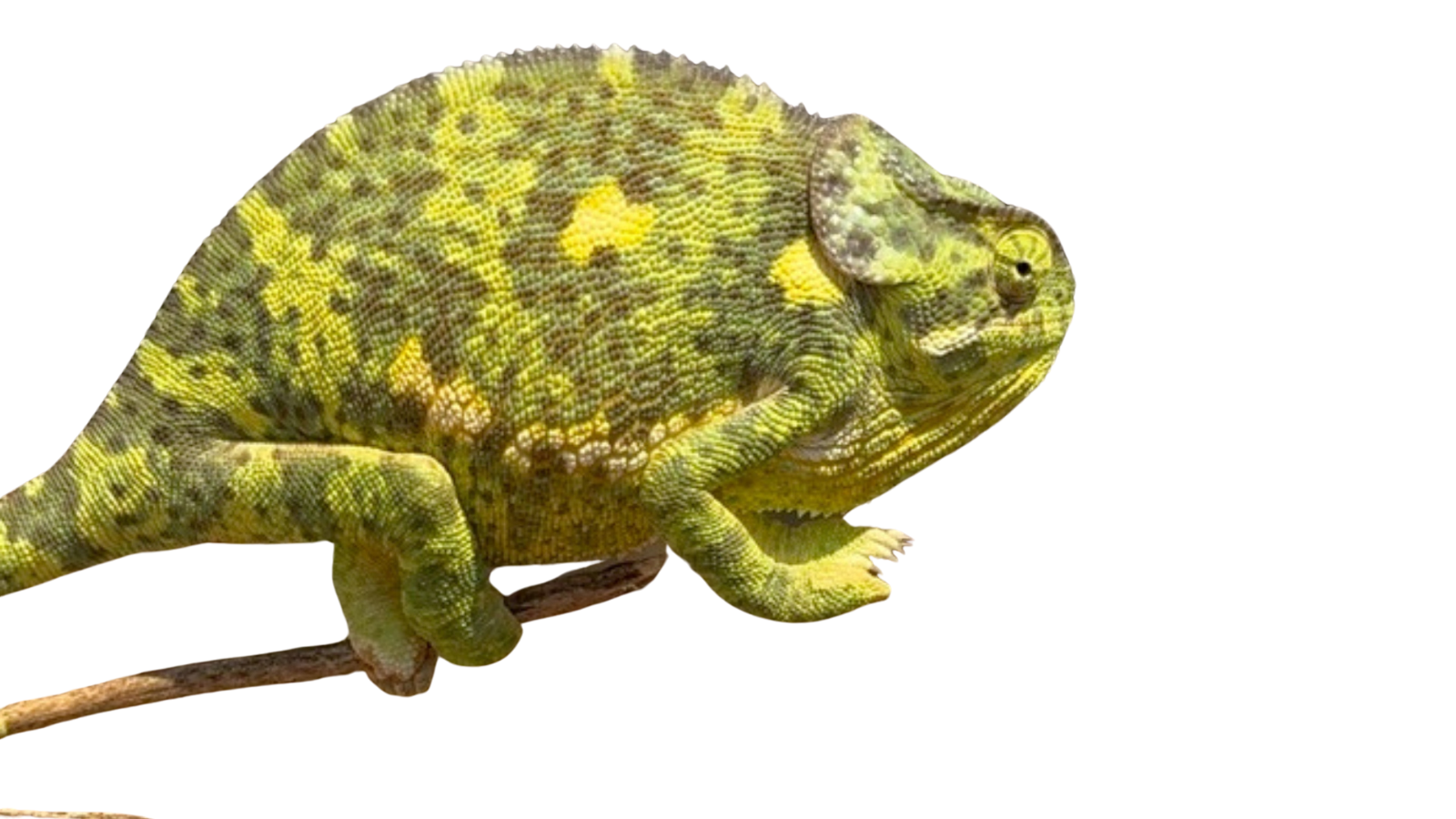You only know that you are on the path to truth, god, reality, or whatever you want to call it, when your ideas are challenged. In this age of political polarization, whether left or right, there are a hundred people trying to tell the world how it should be for every one that is trying to find out how the world is. So, for you nature-geeking eco-grazers, stop debating the finer points of your favorite pet practices, as far as grazing is concerned. Instead, find out what happened in grazing ecosystems over the last tens of millions or hundreds of millions of years. Simple. But not easy, cause we have pretty well destroyed every whole grazing ecosystem on this planet. Save for one. The Serengeti.
So, I am about to attempt a daring feat for a blogger. I will fearlessly perform a close reading and fine dissection of a forty-year-old-paper from the scientific journal Ecological Monographs. If you are still here, you are a true Nature-Geek and Eco-Grazer. Welcome, friend.
I am selflessly doing this so that you do not have to. Trust me. This was a dense article complete with equations with real live greek letters complete with subscripts on every single page. I had to pay $15.95 for it. Any researchers out there, I am putting you on notice. If I have to go through your paper multiple times to get the insights that I need to do my job, than you are wasting my time. If your research is not geared toward managers who are going to glean insights from your work and change their practices accordingly, than you are like a carpenter who builds houses no one will ever live in or an artist who makes paintings no one will ever see. Despite this critique, this research is a priceless gem.
Before I go into that, I guess I should do the almanac section, where I talk about my life, also a priceless gem that I would rather no one look at. We did a whirlwind trip to California to see Hanna’s grandma before Hanna gets too pregnant to travel. Hanna’s grandma will be 101 years old soon. This monkey wrench in my routine has put this blog post a few days behind schedule. On the way home, we stopped at our favorite redwood grove along the way. It is hard to say something about an old growth redwood groves that hasn’t been said by some other nature-geek. So instead I will just point out that for whatever reason, Abel was happy to just ride on my shoulders and laugh the whole walk. Now that he is two, whenever we try to go on a walk at the ranch he always wants to go off and do his own thing and is constantly fussing. One way or the other, this comes down to an ecological interaction, one organism with a specific evolutionary history interacting with others. Ecological interactions are often difficult to tease apart but that does not make them peripheral or esoteric. Modern problems, big and small, all have an ecological source. See the book for more info on that, and again, I will have more info about the book. Soon.
First off a little bit of an overview of the Serengeti as a whole. The Serengeti Ecosystem is a pretty big chunk of ground, the size of a large American County. The rainfall averages between ten and fifty inches per year. Moving around this area are one or two million wildebeest, and a few hundred thousand zebras and Thompson’s gazelle. They walk a few thousand miles every year in search of the best grass. Some of those animals don’t migrate, and in addition there are about 50,000 African buffalo that stay in the same place all year round. The migrating herds go to the driest parts of the ecosystem in the wet season and as things dry out move back into the wetter parts. In order to understand how this grazing regime affects the plants in the ecosystem SJ McNaughton did a number of studies to measure important features of the ecosystem. I will just jump right into those findings.
Dry Matter
The first thing I want to deal with quickly is residual dry matter. The McNaughton study found that residual dry matter by the end of the dry season averaged a mere 200 pounds per acre over all the plots in the study. This is for a region that ranged from 15 inches of rainfall to 50 inches of rainfall. If you were to perfectly mimic this ecological paradise on your federal grazing allotment, they would probably kick you off.
Biomass
McNaughton estimated biomass on the different sites by putting out temporary fences in grazed areas and comparing biomass inside the fence with biomass outside the fence, to determine how much the animals had eaten. Then he took down the fence. He compared that number to production inside permanent fences. He found that on average, standing crop in the grazed areas was one-third of standing crop in the permanent fences. But the critically important point is that this does not mean that the animals consumed two-thirds of the vegetation. And it certainly does not mean that the animals reduced growth on these sites by two-thirds.
In fact, the average grazed site was twice as productive as the average ungrazed site. The wildebeest, zebra, Thompson’s gazelle, and buffalo stimulated production on the grazed sites. They grazed much more grass on the grazed sites than the ungrazed sites produced all year, because when the ungrazed sites reached a given height, they stopped producing, whereas the grazed sites continued to produce.
It should be noted that the average ungrazed site in this study had biomass levels that were exactly in-line with global averages for equal rainfall sites. In other words, when you kept wildlife off a site in the Serengeti, it was extremely average. When you allowed it to be grazed in a ‘natural’ way, it was extremely productive. Imagine that.
So far so good right? But wait, there’s more. The only plots where grazing did not increase production ( and even in some cases slightly reduced production) were on sites where the grass grew tall and then was grazed in the dry season. In many ways, this was a predictable outcome given the previous insight about grass production, but it underlines an important point. One of the primary ways that grazing stimulates grass production is by preventing grass from becoming mature. By extending the growing season, which otherwise ends when seeds start to form. Grazing tall mature feed probably prevents production from going down further next season, but it does nothing for this year’s grass production.
This study puts some of my critiques of ‘mob-grazing’ into better focus. It seems that when ranchers put cattle into tight groups and move them frequently they often try to maximize recovery time on all the grass, ‘letting’ it all become very mature and go to seed. I think that this second aspect of mob-grazing is probably pretty detrimental to biodiversity. The McNaughton study suggests that it is also pretty detrimental to production.
As an eco-grazer, I have said that I was mimicking the patterns of wild grazers for years. Maybe you are like me. Funny that we have put so little effort into getting some real evidence about what that actually means. Some of the things that we call natural might be another kind of unnatural. Next week, I will continue this deep dive into a classic study to try to rectify that problem.

